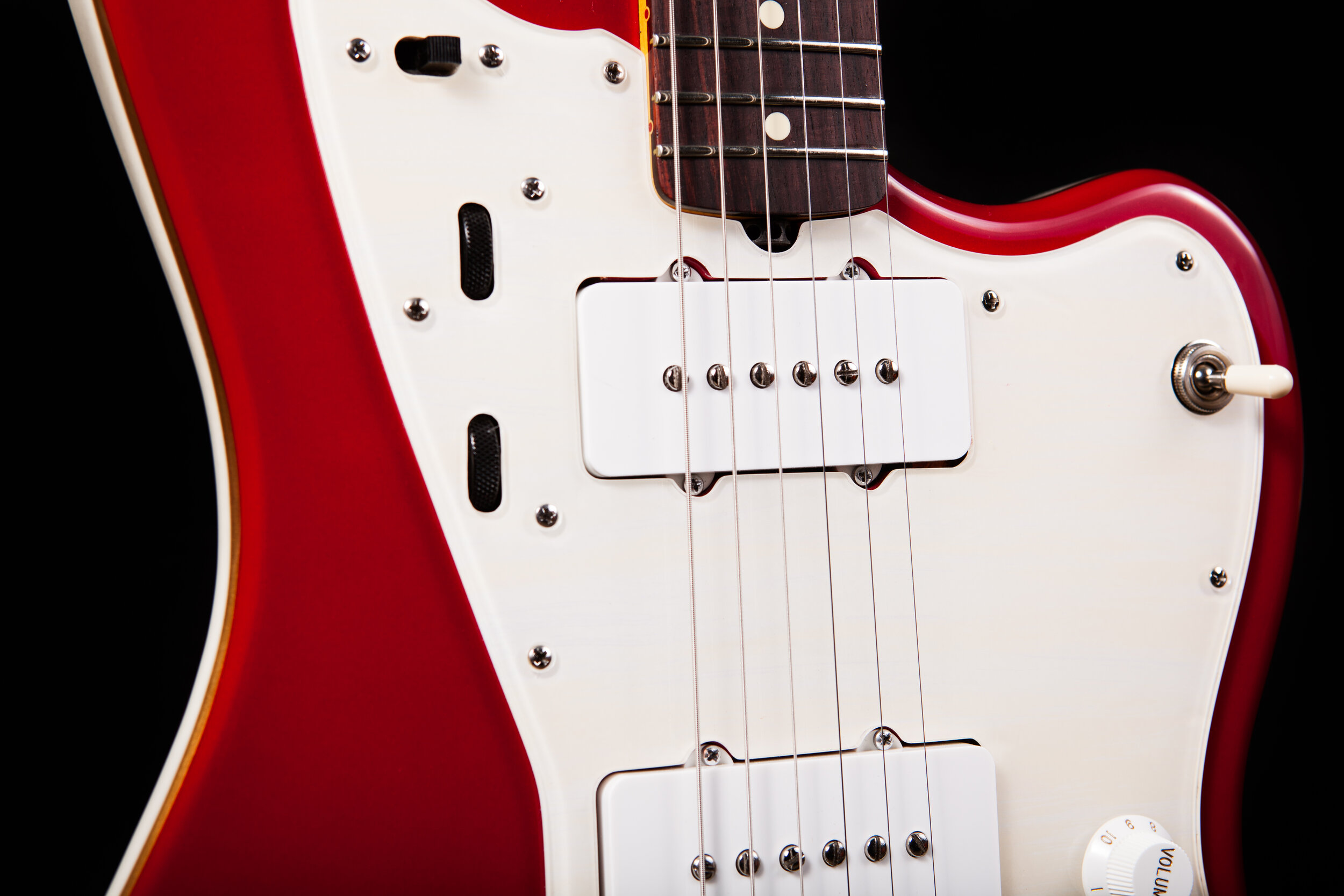
Peter Stroud Tonemaster


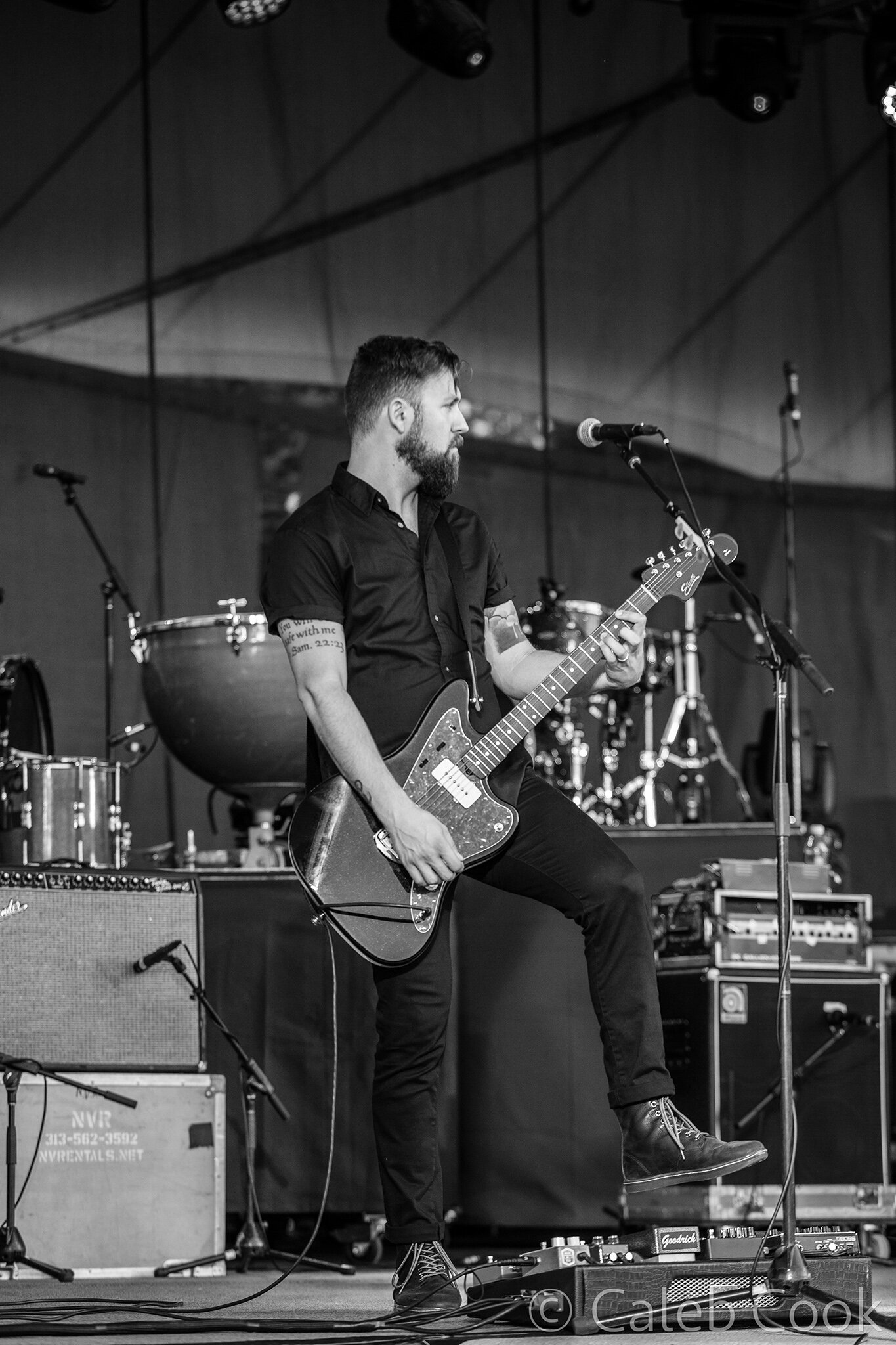
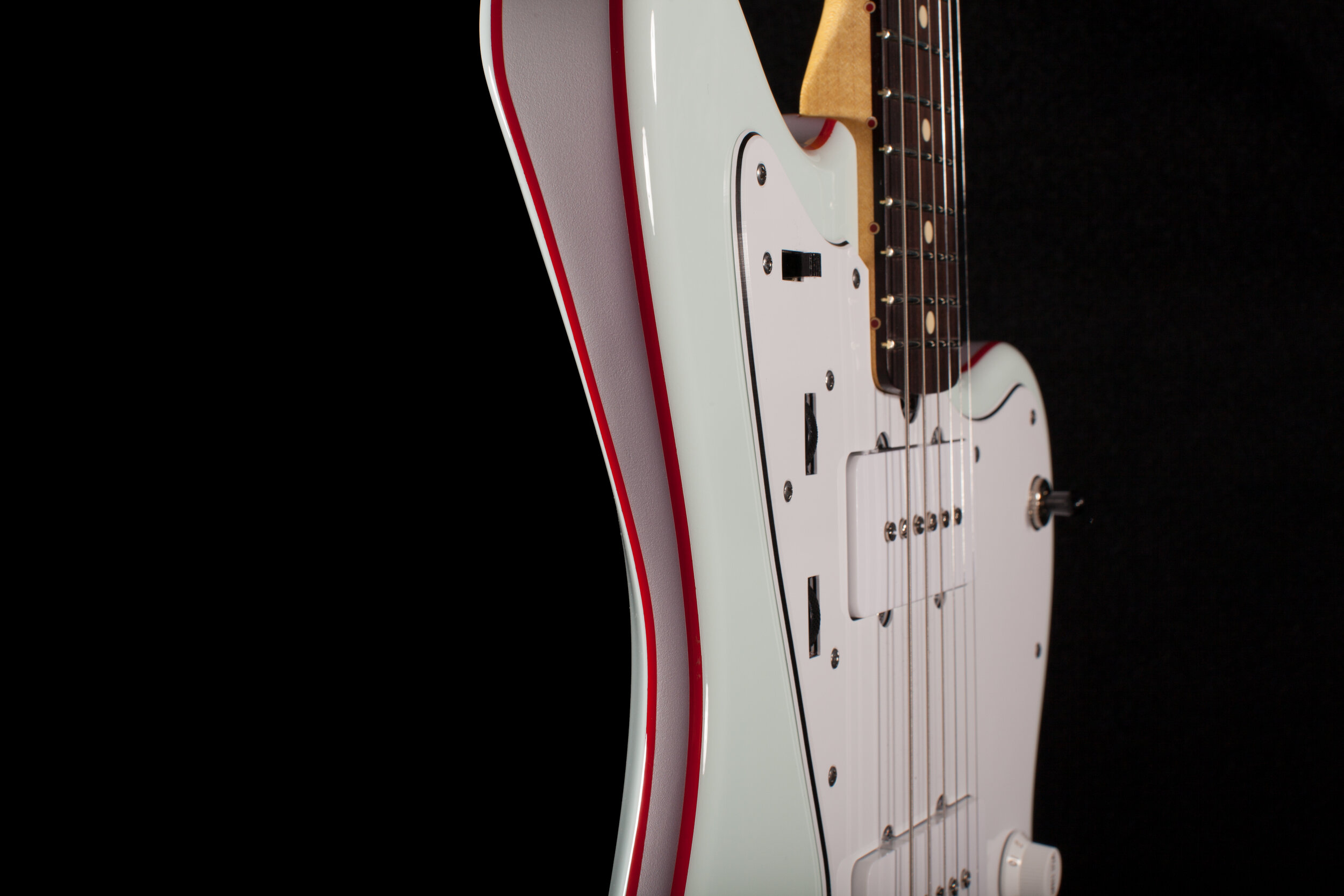
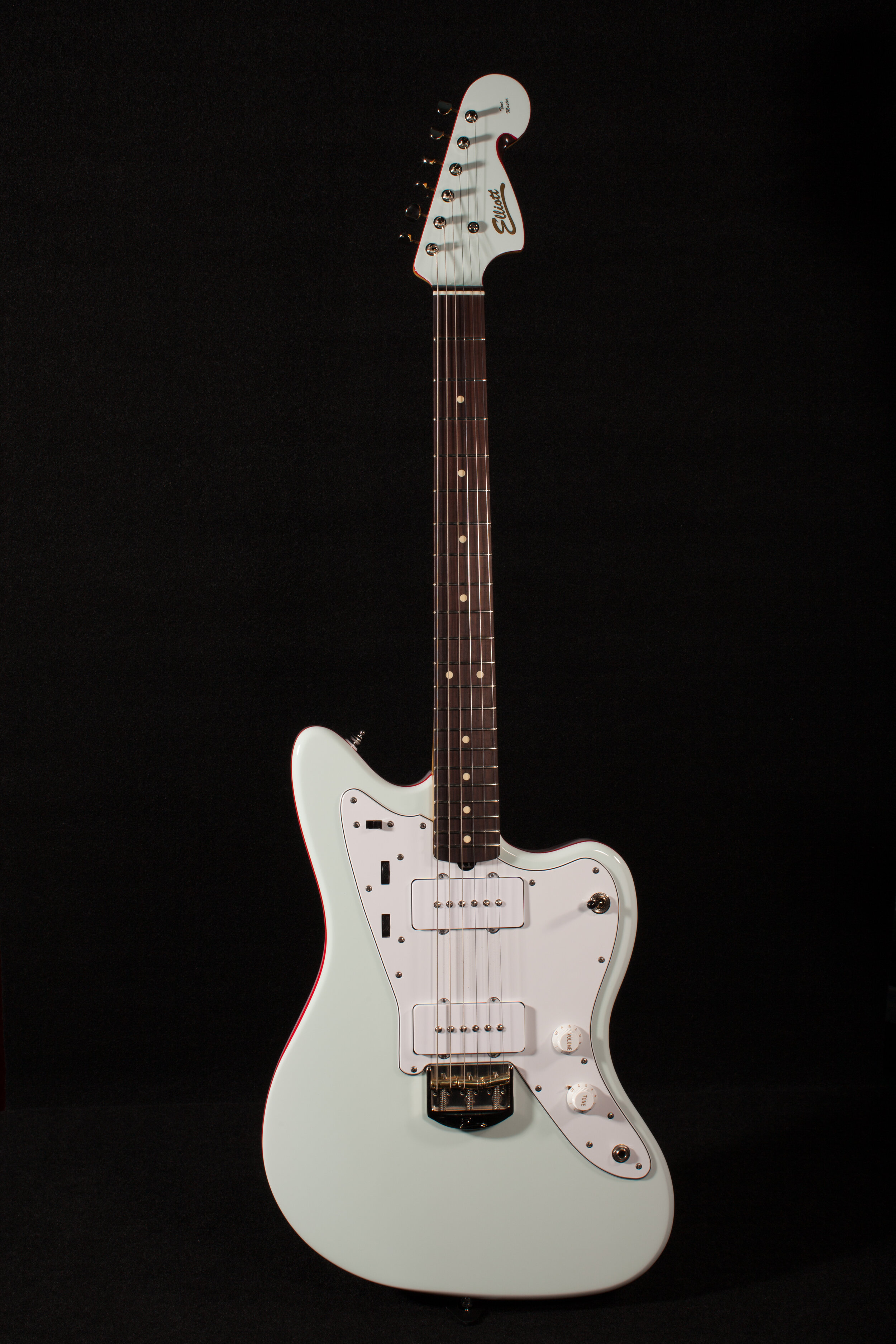
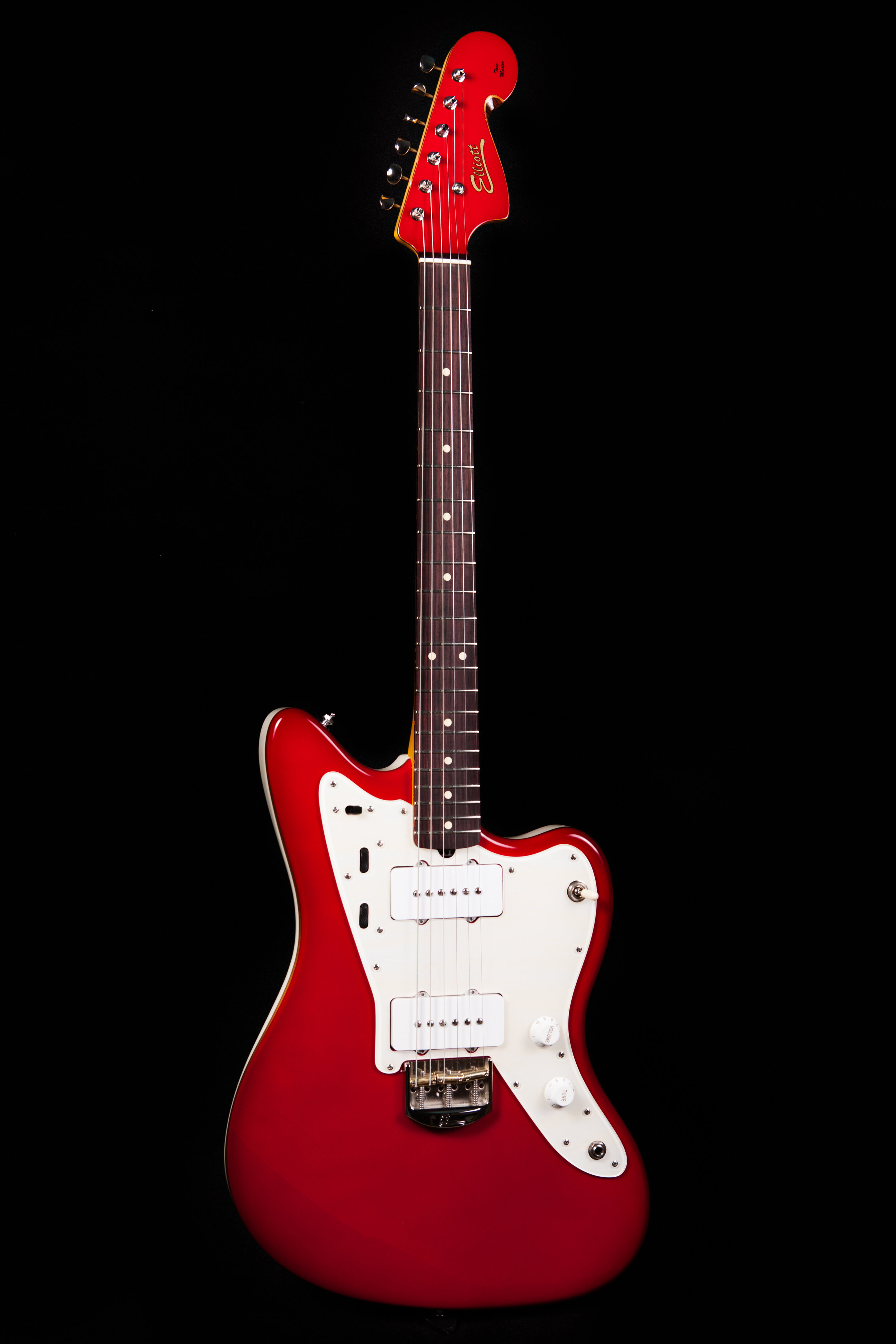
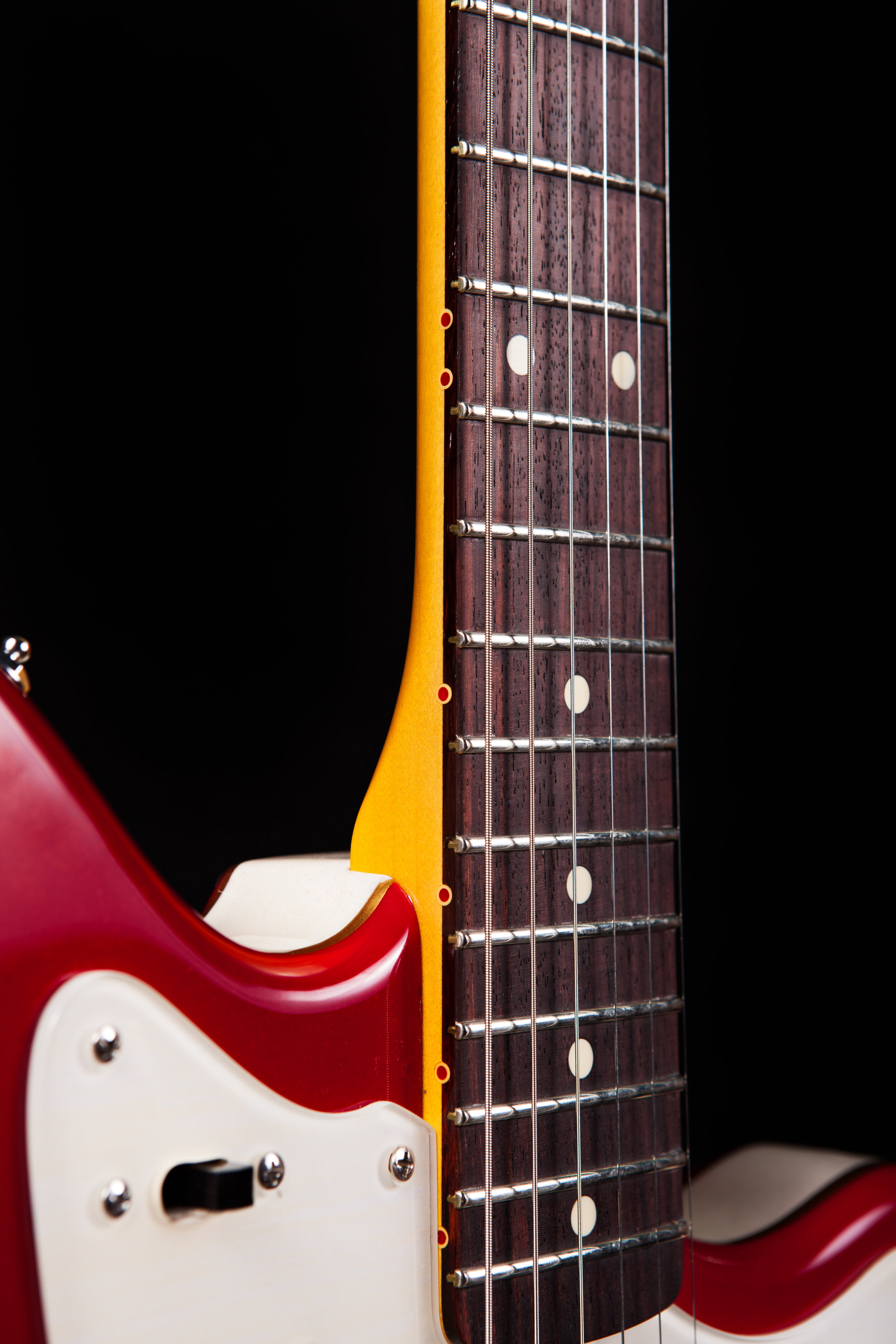



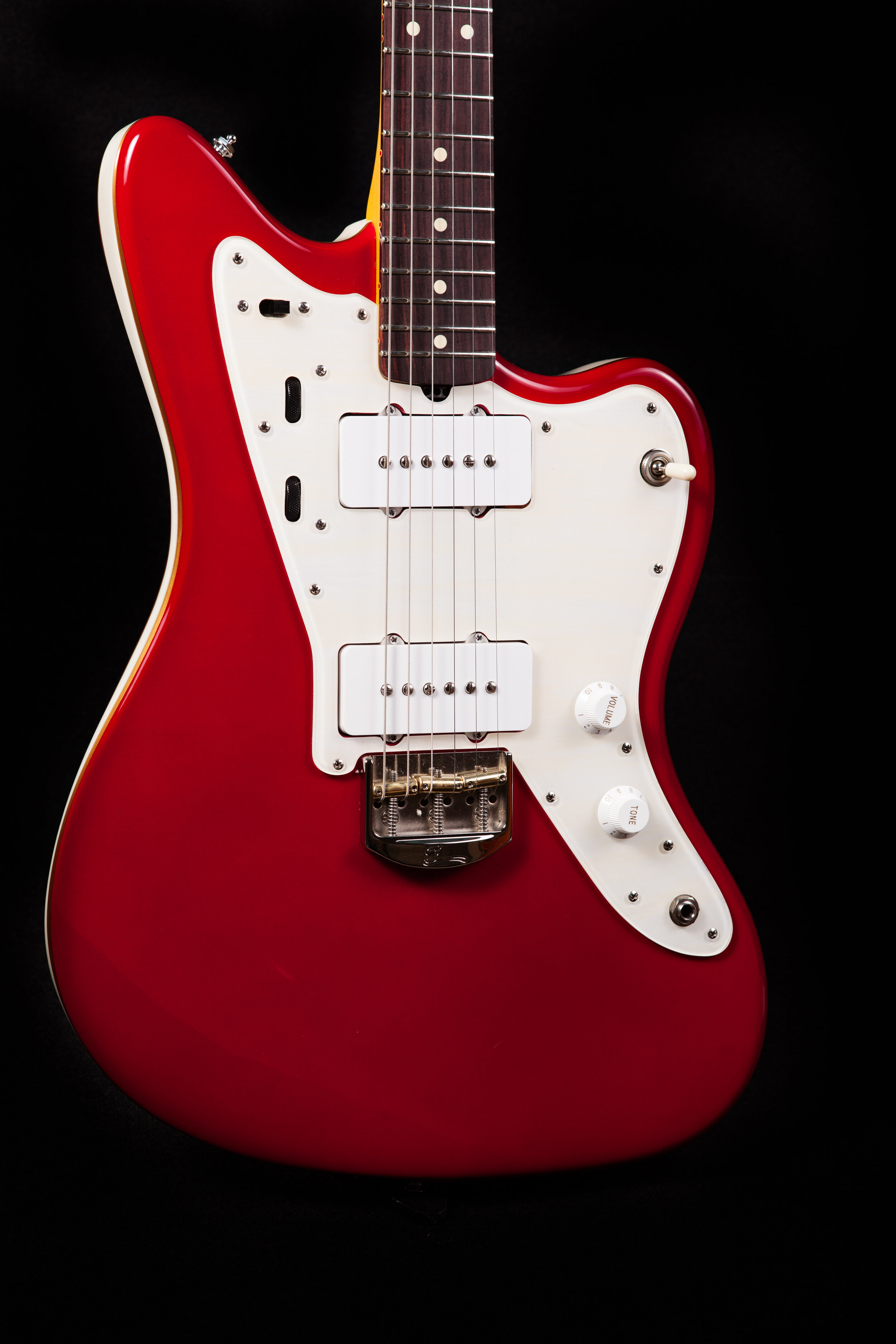
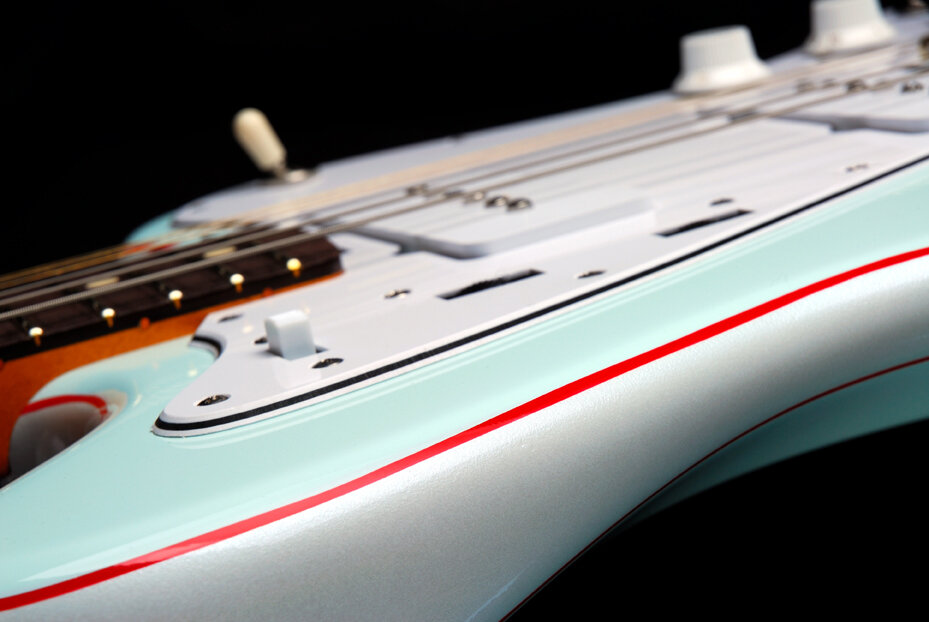
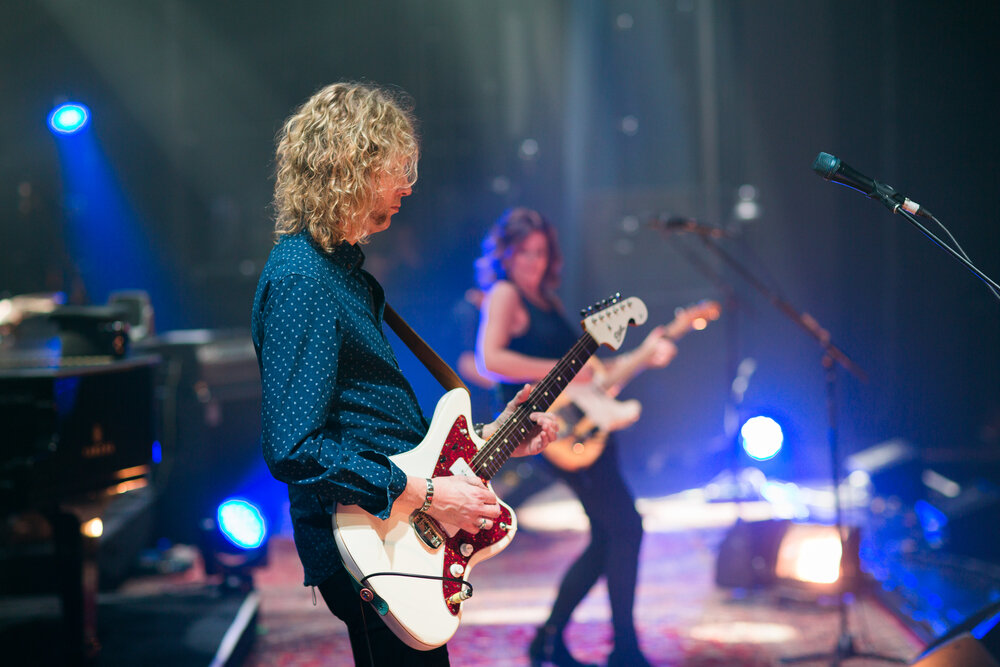
The Specs
Wood Selection
The wood is selected first and has to meet certain size and grain characteristics to assure all bodies are glued in the same manner, with an offset glue joint at the bottom bout of the guitar. This maintains consistency from one guitar to the next. The upper bout is contoured for a very comfortable feel. The species of wood used for this guitar body is Alder.
Bridge
The bridge options for the Tonemaster are:
Elliott hardtail
Super-Vee tremolo
The Neck
Flat-sawn solid Maple neck
Indian Rosewood fingerboard, International fingerboards are made with Pau Farro
Traditional clay marking dots
Our custom side dots
Nitro finish
Colors
The colors available for the Tonemaster, all with Polyester Urethane finish and pin-striping:
Vanilla Shake
Black Sparkle
Lake Placid Blue
Pale Surf Green
Sonic Blue
Shoreline Gold
Cardinal Red
Pickups
The pickups are custom wound in house to Peter's specifications. These pickups are very unique to themselves and have a huge tonal vocabulary. They have a very nice "tight" low end, smooth mid-range, and glassy high end without being harsh.
Bridge 8.6 ohm / Neck 7.3 ohm
Optional Add-Ons:
Fingerboard binding
Sparkle acrylic pickguard
Hand-painted pickguard

Fretting
Our fretwork is one of the things we are most proud of. We go to the extreme to make sure that your guitar is going to play the best it can. The fingerboard is planed under tension. The fretting process is done with epoxy fretting. We use a special blend of epoxy that makes re-fretting very easy without messing up your fingerboard. This process is used for multiple reasons. One of the advantages to this type of fretting is that you lose the hollow gaps under the fret that you find with the traditional way of fretting. In traditional fretting, with each fret you put on, it is like driving a wedge into the fingerboard, which causes back tension on the neck. With epoxy fretting, all of these issues are eliminated. The epoxy under the frets helps to transfer string vibration throughout the neck to the body, and relieves all stress and tension on the neck that occurs with traditional fretting. This results in a stress-free neck, which allows the truss rod to work properly and to adjust the neck accurately.

